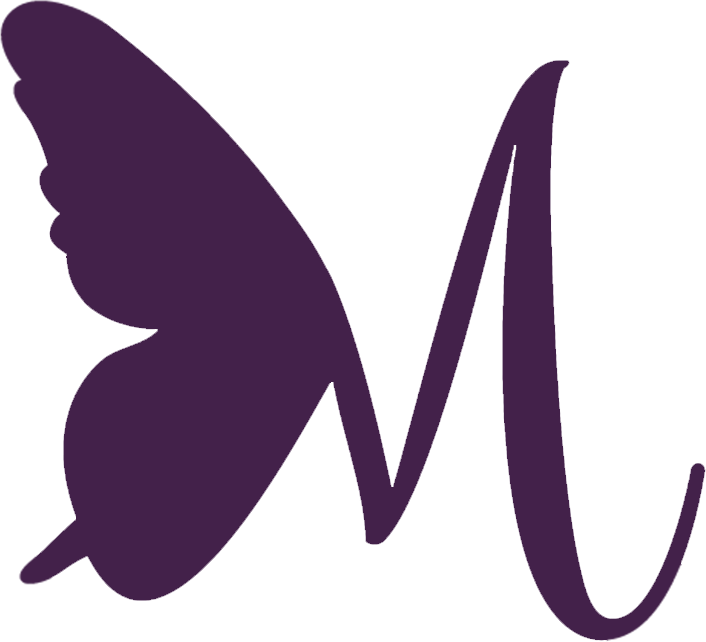Main Content

Facelift
Many of us begin our aesthetic journeys with nonsurgical treatments such as neurotoxin and fillers, facials, and skin treatments such as chemical peels and lasers. However, despite our best efforts, the skin in our faces loses volume as well as elasticity over time, which can result in a more aged appearance of the lower face, in particular. These changes often appear gradually, but for many of us, there comes a time when the reflection in the mirror isn’t the same as how you feel on the inside. A facelift is used to smooth deeper lines in the lower face, to contour the jawline, and to lift sagging skin in the face and neck.
While a necklift can be performed separately in certain patients, a necklift is often combined with a facelift. A necklift addresses loose skin in the neck, prominent muscles in the neck (“turkey neck”), and extra fat in the neck and jawline.
Questions & Answers
A facelift/ necklift is a surgical procedure that is used to lift and remove sagging skin of the lower face and neck, resulting in a more youthful, natural looking rejuvenation. Our plastic surgeons perform this procedure through discreet incisions, making the tell-tale signs of a facelift/ necklift nearly impossible to find. When patients have true sagging of skin in the lower face, resulting in jowls and aged appearance of the neck, there is no non-invasive methodology that can equal the results of surgical rejuvenation.
The benefits of a facelift/ necklift are unique to each individual. A facelift/ necklift can:
- Smooth deeper lines in the lower face
- Contour the jawline
- Tighten facial skin
- Boost self confidence
- Deliver a rejuvenated overall appearance to the face
In addition to deciding whether a facelift/ necklift can meet your personal goals, there are several factors to be considered in determining whether you are a good candidate for a breast lift. Good candidates for a facelift/ necklift include those who:
- Have loss of a well-defined jawline
- Have deep wrinkles in the cheeks and sagging of the skin near the cheekbones
- Have loose skin in the neck
- Have prominent jowls or marionette lines
While a facelift/necklift can address a variety of concerns, it does have limitations. It is important to know these limitations and to understand when you may be a candidate for a different type of surgery. A facelift/necklift cannot:
- Eliminate all fine lines and wrinkles of the face
- Change the texture of the skin in the face
- Stop the aging process from continuing to occur
Facelift/necklift surgery is a highly individualized process. There are many techniques used in the practice of plastic surgery today, each with its own unique set of benefits. No single technique is appropriate for all patients.
Common techniques of facelift/ necklift today include the following:
Techniques
- SMAS Plication
The face has three main layers, generally speaking: the skin, the SMAS (superficial musculoaponeurotic system), and the muscle/ bony layer. Mini-facelifts largely relied on pulling the skin layer of the face tight. While this technique is less invasive with a shorter surgery duration and quick recovery, the results were quickly known to be less impactful and short lived.
The SMAS plication method of facelift/ necklift instead address the SMAS layer of the face. This layer is made of a dense connective tissue, which represents the strength layer of the face. Folding or removal of excess SMAS tissue results in a more powerful, longer lasting facelift/ necklift result. This technique is ideal for patients with minimal to moderate jowling and excess skin.
- Deep Plane/ Sub-SMAS Facelift
For patients with extensive relaxed skin and jowling, a deep plane facelift is ideal, as this technique delivers the most powerful, effective lift in the face with long lasting results. This technique relies on raising the SMAS up and transposing it back into its previous, youthful position.
Incision Location
Although there are many variations to the facelift procedure, generally an incision is hidden in the natural contour of your ear, then extends around the earlobe and back into the hairline. Following surgery, incisions can be easily concealed by your hair or with makeup. There will also be a small incision hidden underneath your chin if you have a necklift done at the same time.
No matter the technique of facelift performed, the secret to a natural-looking facelift is utilizing the SMAS to lift the face into its native position with well-planned, meticulous scar placement to eliminate the “wind tunnel” look of older generation facelifts and leave you with a beautiful result that is uniquely you.
Facelift/ necklift is an outpatient procedure performed with general anesthesia in an operating room. After your surgery, you will be placed in dressings and a head wrap. You will spend a short time in the recovery room before a friend or family member takes you home, where you should plan to rest for the remainder of the day. Be sure to arrange for someone to drive you home after surgery and to stay with you at least the first night. We will advise you on pain medication to ease any discomfort, give you detailed post-operative instructions, and schedule a follow-up appointment to check your progress.
It is normal to experience some pain and swelling in the first few days after surgery. The first week of following surgery, you may feel some discomfort along with bruising and swelling. Depending on the extent of the surgery, it may take a couple of weeks for the bruising and swelling to subside. Incisions usually heal between 2 and 3 weeks after surgery. Depending on your type of work, you will be able to return to work usually within one week to two weeks. You will have some activity restrictions initially, but most people are able to return to full activity by 6 weeks after surgery.
You may notice that you feel less sensation in the face, neck, and ears. This is usually temporary. It may, however, take weeks, months or even more than a year before the sensation returns to normal. Your face and neck may also require some time to assume a more natural shape. Incisions will initially be red or pink in color. They should fade and soften over time (up to 18 months after surgery). Final results are usually starting to be noticed at 4 weeks after surgery and are fully seen at 6 months to a year after surgery.
Your facelift recovery rate can be influenced by factors such as age, health, and the specific procedure performed. Lifestyle choices like smoking, excessive sun exposure, increased alcohol intake, and stress can also impact the pace of recovery and the quality of results.
Every patient’s recovery is different. Your recovery may be quicker or take more time than average.
Sagging eyebrows are not addressed by a facelift or necklift, so you might consider a forehead lift (browlift) if sagging eyebrows are a concern.
Signs of aging in the upper and lower eyelids can be addressed with eyelid contouring surgery (blepharoplasty).
Skin quality is best addressed with a comprehensive skin care regimen, which can accentuate your facelift and necklift results.
A facelift or necklift does not restore lose volume to the face, meaning some lines and hollows won’t be addressed with these surgical procedures. Often, it makes sense to use fat grafting to the face or fillers to optimize your results.
A facelift or necklift can also be combined with body contouring procedures, like liposuction or breast lift.
Please visit our My Consult page to learn more about what happens during your consult.
Please visit our Financing page to learn more about financing options.



